Content warning: Needles
If you think someone is overdosing on opioids, it's important to act quickly. Naloxone is a medicine that quickly reverses opioid overdoses. Here's how to use the injectable form of naloxone.
How do I use naloxone?
Naloxone ampoules come with instructions on how to use them. Always keep the instructions with your ampoules in case someone needs to use them on you. Pharmacists, doctors, or health service distributing naloxone to you can also teach you how to use it.
Using naloxone ampoules is easy by following a few simple steps. Remember, each ampoule can only be used once.
- Call, or have someone call 111 before administering naloxone. Let the emergency dispatcher know you think someone is experiencing an overdose and that you have naloxone with you. That person may need medical help after you give them naloxone.
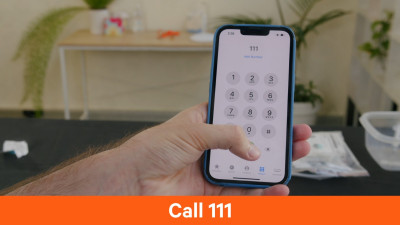
- Check the person is in a safe place for you to administer naloxone.
- Attach the needle to the syringe - ensure they are both unused and sterile (clean).
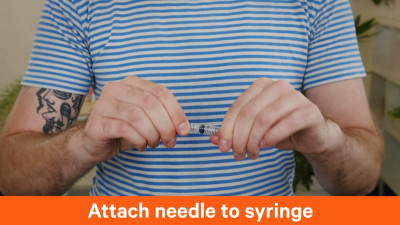
- Swirl the the ampoule to move the liquid to the bottom.

- Hold the ampoule with the blue dot facing towards you.
- Snap open the vial by pushing the top away from you.
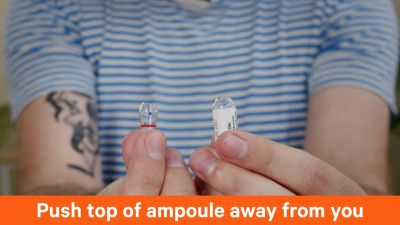
- Insert the needle into the ampoule; pull up the plunger to draw the naloxone into the syringe.
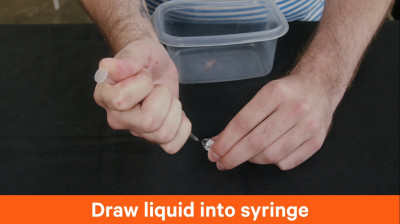
- Inject naloxone into a muscle - either the outer thigh or upper arm. You can go through clothing. Make sure you push the plunger all the way down.
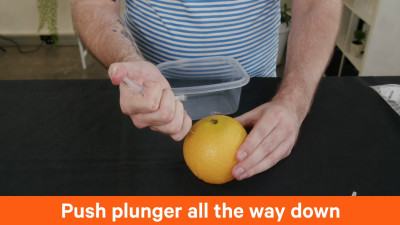
- Place the needle somewhere safe.
- Wait 2-3 minutes to see if there's a response. If after 3 minutes the person is still unconscious (not ‘coming to’), you can repeat the above steps using a new ampoule, needle, and syringe.
You can repeat the process as many times as you need to until help arrives. If you know how to do CPR, you can do this while you're waiting for the naloxone to take effect.
What is naloxone?
Naloxone is a lifesaving drug that reverses the effects of an opioid overdose. It can be used for overdoses from most opioids - including prescription drugs like morphine, fentanyl, and methadone, as well as for illicit drugs like heroin, opium, and other synthetic opioids.
It can come as a nasal spray, or in ampoules designed for injection. We've got instructions for using the nasal spray here, or read on to find out how to use injectable naloxone.
Injectable naloxone works in the same way as the nasal spray and only takes a few minutes to take effect.
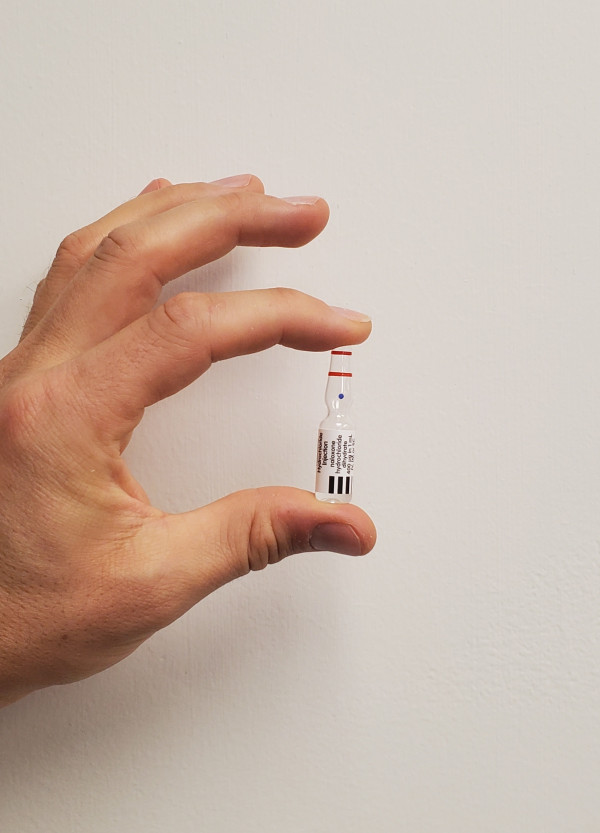
Who should carry naloxone?
If you use opioids, whether they are prescription drugs or illicit substances like heroin, carrying some form of naloxone with you is generally a good idea.
If you are a caregiver, whānau member, or close friend of someone who uses opioids, it may also be a good idea to carry or have access to Nyxoid/naloxone.
Remember, if you are experiencing an opioid overdose, you likely won’t be able to administer naloxone to yourself - someone will have to do it for you. You could share the instructions below with your loved ones so they know how to help.
When should I use naloxone?
You should use naloxone if you think someone is experiencing an opioid overdose.
Some of the signs of an overdose are:
- Unconsciousness - someone not responding to their name or being touched
- Difficulty breathing or shallow, slow breathing
- Making choking, gurgling, or snoring sounds
- Blue lips, tongue and hands and/or skin that is cold and pale
- Pinpoint pupils
If you think someone is experiencing an opioid overdose but are unsure, you should use naloxone anyway – it won’t hurt them, even if they haven’t overdosed on opioids. There is no maximum dose of naloxone ampoules meaning that you are not at risk of giving someone too much.
Where can I get naloxone?
Naloxone is available at some needle exchange services, opioid substitution treatment (OST) clinics or can be prescribed by a doctor. It will usually come in a pack of several ampoules. At present, naloxone ampoules are only available with a prescription.
Related stories
Recent stories
SMART Recovery: Support groups without the need for abstinence or a higher power
We explore what it is and how it has positively affected people's lives.
Kamini: What you need to know
EDs and doctors have seen more people seeking help for opioid overdose, withdrawal, and addiction after using kamini. Here's what you need to know about the opioid-containing remedy.
Pseudoephedrine: what you need to know
Pseudoephedrine is back on the shelves. Here's what you need to know about this cold & flu medication.